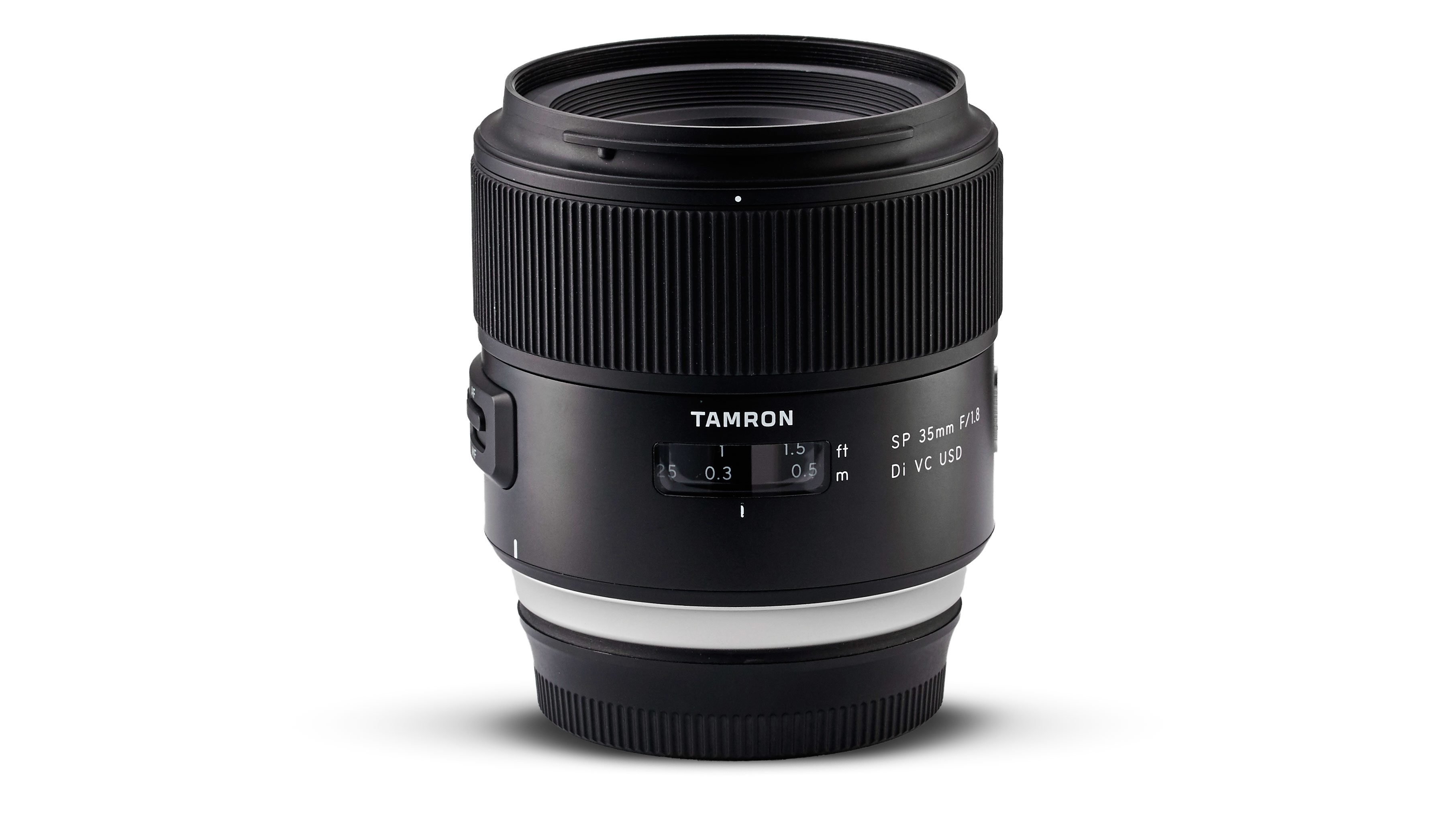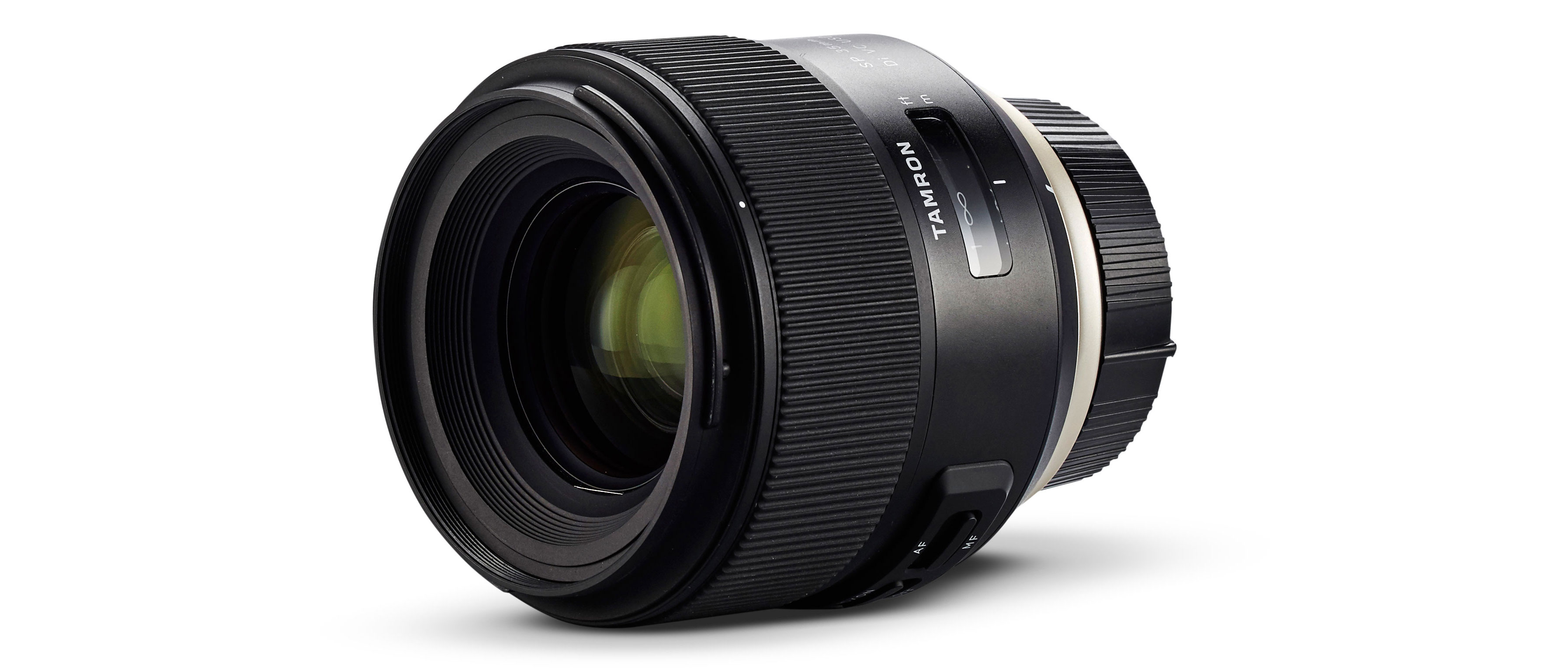Digital Camera World Verdict
Built for all weathers, the Tamron SP 35mm f/1.8 Di VC USD is a solid wide-angle prime for landscape and other outdoor shooting pursuits. Excellent autofocus, a four-stop stabiliser and a generous maximum aperture all combine to deliver a lens with real versatility and quality. It’s a little heavy, and sharpness could be better when wide open, but for the price this is a solid buy that’ll deliver great results.
Pros
- +
Extensively weather-sealed
- +
Excellent auto and manual focusing
- +
Smooth bokeh
Cons
- -
Some sharpness issues
Why you can trust Digital Camera World
When buying a prime lens, you often need to choose between a fast aperture rating or image stabilization. Typical of Tamron’s recent primes, the full-frame SP 35mm f/1.8 Di VC USD lens combines a reasonably wide aperture rating of f/1.8 with a 4-stop image stabiliser. You can’t get quite such a tight depth of field as with an f/1.4 lens of the same focal length, but there’s not a great deal in it.
The Tamron is larger and heavier than Canon’s competing 35mm f/2 stabilised lens, but still it weighs in at under half a kilogram and feels well balanced on Canon’s APS-C format bodies, where it gives the same effective focal length of 56mm.
Tamron could be considered something of a wet weather specialist, and this lens is no exception, featuring a water-repellent fluorine coating on its front element and a rubber ring on its mounting plate. Build quality is also very robust – maybe marginally less solid than competing Sigma lenses, but still very good. An optional USB dock is available for fine-tuning and applying firmware updates.

Performance
Despite having a narrower aperture rating than f/1.4 lenses, the Tamron delivers smooth bokeh, which it combines with good sharpness. In our test sample, however, sharpness was a little lacking at apertures of between f/1.8 and f/2.8. In other respects, image quality is great, with minimal colour fringing and negligible distortion.
The ring-type autofocus system and manual focus both work fantastically. That being said, there’s relatively little distance between the 1m and infinity marks on the focus scale, and depth of field markings are altogether absent. The lens also comes with a hood, and sports a 67mm filter thread.
Read more:
Matthew Richards is a photographer and journalist who has spent years using and reviewing all manner of photo gear. He is Digital Camera World's principal lens reviewer – and has tested more primes and zooms than most people have had hot dinners!
His expertise with equipment doesn’t end there, though. He is also an encyclopedia when it comes to all manner of cameras, camera holsters and bags, flashguns, tripods and heads, printers, papers and inks, and just about anything imaging-related.
In an earlier life he was a broadcast engineer at the BBC, as well as a former editor of PC Guide.


